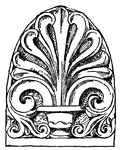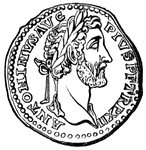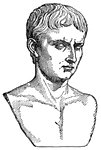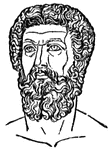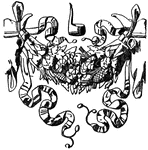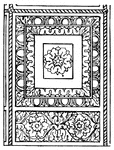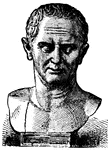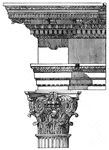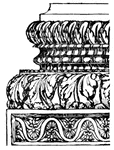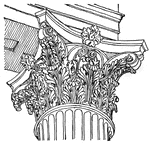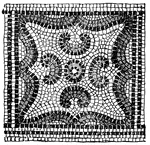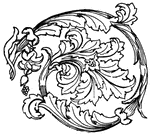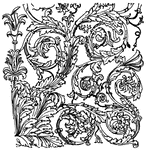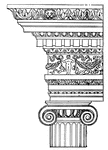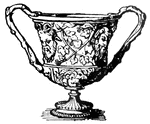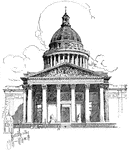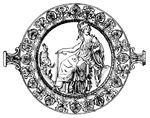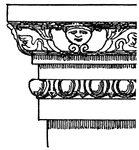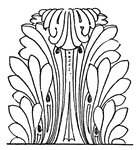
Acanthus Leaves
The Roman acanthus constitutes a type, rather than a particular form of leaf. As compared with the Greek…

Roman Amphora
This Roman Amphora is an unpainted vase made out of yellow clay. It was found in the area near Aquileia,…
Roman Amphora
This Roman Amphora is made out of iridescent glass and was found in Pompeii, Ancient Rome.

The Arena of Nîmes
The arena of Nîmes is a Roman amphitheater located in city of Nimes, France. The amphitheater was built…
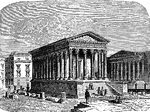
The Square House of Nîmes
The square house of Nîmes is also known as Maison Carree. It is an ancient Roman temple located in…
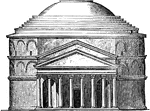
Façade of the Pantheon at Rome
"The most important and most beautiful of circular buildings without columns surrounding it is the Pantheon…
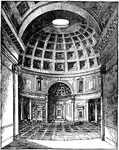
Interior of the Pantheon at Rome
"The most important and most beautiful of circular buildings without columns surrounding it is the Pantheon…

Ramparts of Ulm
Ramparts or limes, defensive walls or fortifications constructed for defense of ancient cities or settlement…

Rinceau
A band design that includes a round stem, springing from a nest of acanthus leaves, then branching into…

